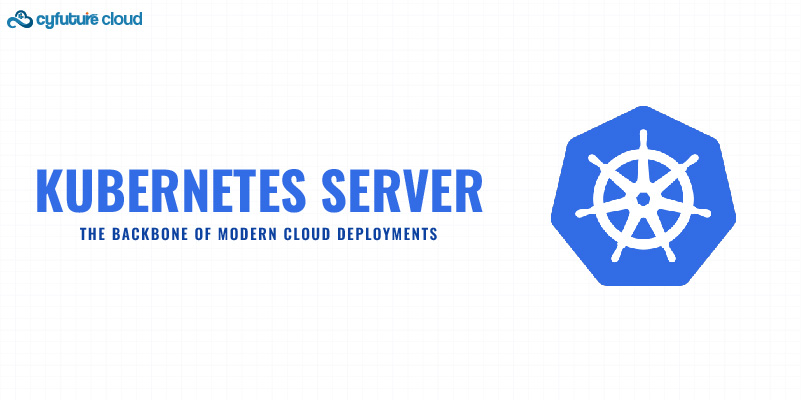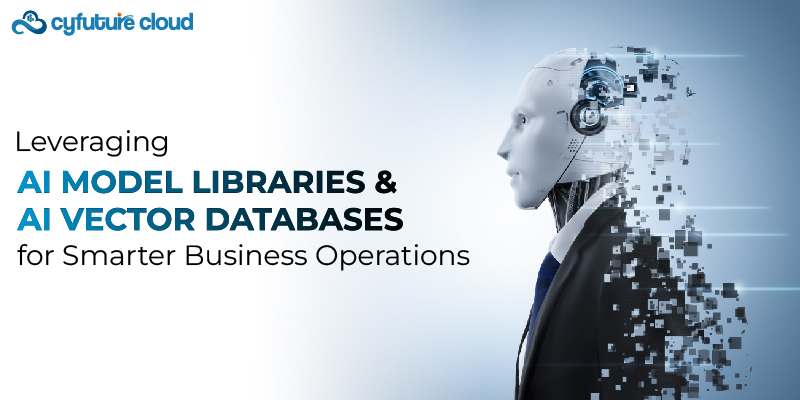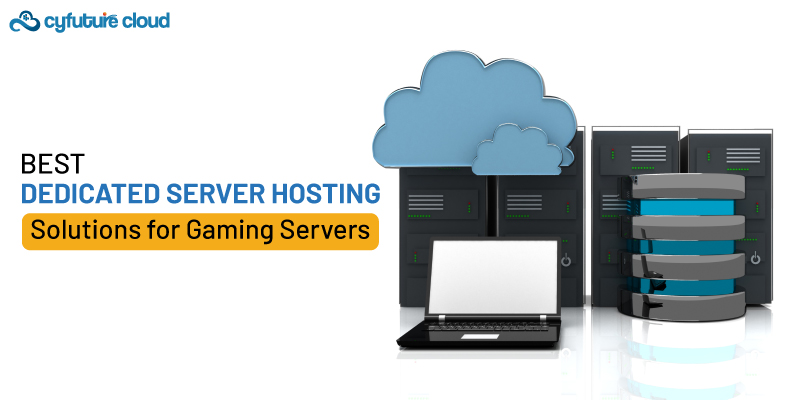Table of Contents
Cloud computing has revolutionized businesses’ operations by providing unparalleled flexibility, scalability, and cost-effectiveness. However, the hype surrounding cloud computing has resulted in an overload of buzzwords and jargon, such as “serverless,” “microservices,” and “containers.” These buzzwords often drive cloud architecture decisions, leading businesses to overlook their needs and requirements.
According to a recent survey, 80% of IT decision-makers believe buzzwords negatively impact their decision-making process, leading to confusion and inefficiencies in their cloud architecture. Many businesses have adopted cloud solutions unsuitable for their needs, resulting in wasted resources and increased costs.
It’s crucial to remember that cloud architecture should be built based on the specific needs and requirements of the business. This means understanding the business’s goals, budget, and infrastructure limitations before selecting the appropriate cloud solutions. By doing so, businesses can ensure that their cloud architecture is cost-effective but also scalable and secure.
In this blog, we’ll explore the impact of buzzwords on cloud architecture and discuss the importance of building cloud architecture based on business needs. We’ll also provide insights and tips for businesses looking to make informed cloud architecture decisions.
Common Buzzwords in Cloud Architecture
Cloud computing has taken the world by storm, and with it comes a multitude of buzzwords and jargon that can be confusing and overwhelming for businesses. These buzzwords often drive cloud architecture decisions, but without proper understanding, they can lead to ineffective and inefficient solutions. In this section, we’ll explore some of cloud architecture’s most commonly used buzzwords and their potential impact on your business.
Serverless Computing
Serverless computing is a popular buzzword in a cloud architecture that promises cost-effectiveness and scalability by eliminating the need for servers. However, the reality is that serverless computing still requires servers, and the cost can quickly add up as businesses scale. In fact, a recent survey found that 32% of businesses have experienced unexpected serverless costs.
Microservices
Microservices refer to an architectural approach where an application is built as a set of small, independent services. While microservices can increase agility and scalability, they can also add complexity to cloud architecture. A recent survey found that 38% of IT decision-makers struggle with the complexity of microservices.
Containers
Containers are a lightweight way to package software applications and their dependencies, making them easier to deploy and manage. However, while containers can improve portability and flexibility, they can also introduce security risks. A recent survey found that 94% of organizations have experienced a security incident due to their container strategy.
Hybrid Cloud
Hybrid cloud refers to a combination of public and private cloud environments. While the hybrid cloud can provide flexibility and cost savings, it can also introduce complexity and management challenges. A recent survey found that 45% of businesses struggle with the complexity of hybrid cloud management.
Understanding the potential impact of these buzzwords on your cloud architecture decisions is important. By doing so, businesses can make informed decisions aligning with their needs and requirements.
Pitfalls of Building Cloud Architecture around Buzzwords
While buzzwords in cloud architecture can sound appealing and promising, building cloud solutions solely around these buzzwords can lead to several pitfalls. This section will explore some common pitfalls of building cloud architecture around buzzwords.
Lack of Alignment with Business Objectives
Building cloud architecture around buzzwords can result in solutions not aligning with business objectives. According to a recent survey, 73% of IT decision-makers believe that business needs do not drive cloud architecture decisions. This can lead to cloud solutions that do not meet the specific needs and requirements of the business, resulting in wasted resources and missed opportunities.
Complexity and Difficulty in Managing the Cloud Environment:
Buzzwords in cloud architecture can often lead to increased complexity and difficulty in managing the cloud environment. A recent survey found that 67% of IT decision-makers struggle with the complexity of their cloud environment. This can lead to increased costs, security risks, and operational inefficiencies.
Overpaying for Unnecessary Services
Building cloud architecture around buzzwords can also result in overpaying for unnecessary services. According to a recent survey, 35% of IT decision-makers believe that cloud costs are higher than expected due to the complexity of cloud solutions. This can lead to increased costs and a reduced return on investment.
Increased Risk of Vendor Lock-in
Cloud solutions built solely around buzzwords can also increase the risk of vendor lock-in. This occurs when businesses become dependent on a particular vendor’s cloud services, making switching to a different provider difficult. According to a recent survey, 38% of IT decision-makers cite vendor lock-in as a concern in their cloud architecture decisions.
In conclusion, while buzzwords in cloud architecture can be tempting, it’s important to avoid building solutions solely around them. By doing so, businesses can avoid the pitfalls of misaligned solutions, complexity, unnecessary costs, and vendor lock-in. Instead, it’s important to focus on building cloud solutions that align with specific business needs and requirements.
Best Practices for Building Cloud Architecture Based on Business Needs
To ensure that cloud architecture aligns with business needs and requirements, it’s important to follow best practices. This section will explore some of the best practices for building cloud architecture based on business needs.
Identifying Business Objectives and Requirements
Before building a cloud architecture, it’s important to identify specific business objectives and requirements. This can ensure that cloud solutions are aligned with business needs. According to a recent survey, 60% of businesses cite the alignment of cloud solutions with business needs as the most critical factor in cloud adoption.
Choosing the Right Cloud Provider and Services Based on the Identified Requirements
Choosing the right cloud provider and services is critical to building effective cloud solutions. This requires thoroughly understanding business requirements and evaluating different cloud providers and services. According to a recent survey, 38% of businesses cite the availability of the required cloud services as a critical factor in cloud adoption.
Building a Scalable and Flexible Architecture
To accommodate changing business needs, it’s important to build a cloud architecture that is scalable and flexible. This can ensure that cloud solutions can grow and evolve with the business. According to a recent survey, 70% of businesses cite scalability as the most important factor in cloud adoption.
Keeping the Architecture Simple and Manageable
To avoid complexity and ensure efficient management, it’s important to keep the cloud architecture simple and manageable. This can ensure that cloud solutions are easy to manage and can be maintained over time. According to a recent survey, 41% of IT decision-makers cite simplicity as a critical factor in cloud adoption.
By following these best practices, businesses can ensure that their cloud architecture aligns with business needs, is cost-effective, and can grow and evolve with the business. This can increase efficiency, flexibility, and agility, enabling businesses to stay competitive in a rapidly changing marketplace.
Conclusion
In conclusion, building cloud architecture based on buzzwords can result in several pitfalls, including misaligned solutions, complexity, unnecessary costs, and vendor lock-in. To avoid these pitfalls, it’s critical to build cloud solutions that align with specific business needs and requirements.
Identifying business objectives and requirements, choosing the right cloud provider and services, building a scalable and flexible architecture, and keeping the architecture simple and manageable are some of the best practices to ensure that cloud architecture aligns with business needs.
It’s important to note that building cloud architecture is not a one-time event, and it requires continuous evaluation and optimization to ensure alignment with business needs. According to a recent survey, 72% of IT decision-makers believe that continuous optimization of cloud architecture is critical to achieving maximum ROI.
By following best practices and continuously evaluating and optimizing cloud architecture, businesses can ensure that their cloud solutions are cost-effective, scalable, and flexible, enabling them to stay competitive in a rapidly changing marketplace.
Recent Post
Send this to a friend

 Server Colocation
Server Colocation CDN Network
CDN Network Linux Cloud Hosting
Linux Cloud Hosting Kubernetes
Kubernetes Pricing Calculator
Pricing Calculator
 Power
Power
 Utilities
Utilities VMware Private Cloud
VMware Private Cloud VMware on AWS
VMware on AWS VMware on Azure
VMware on Azure Service Level Agreement
Service Level Agreement 



















